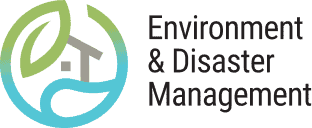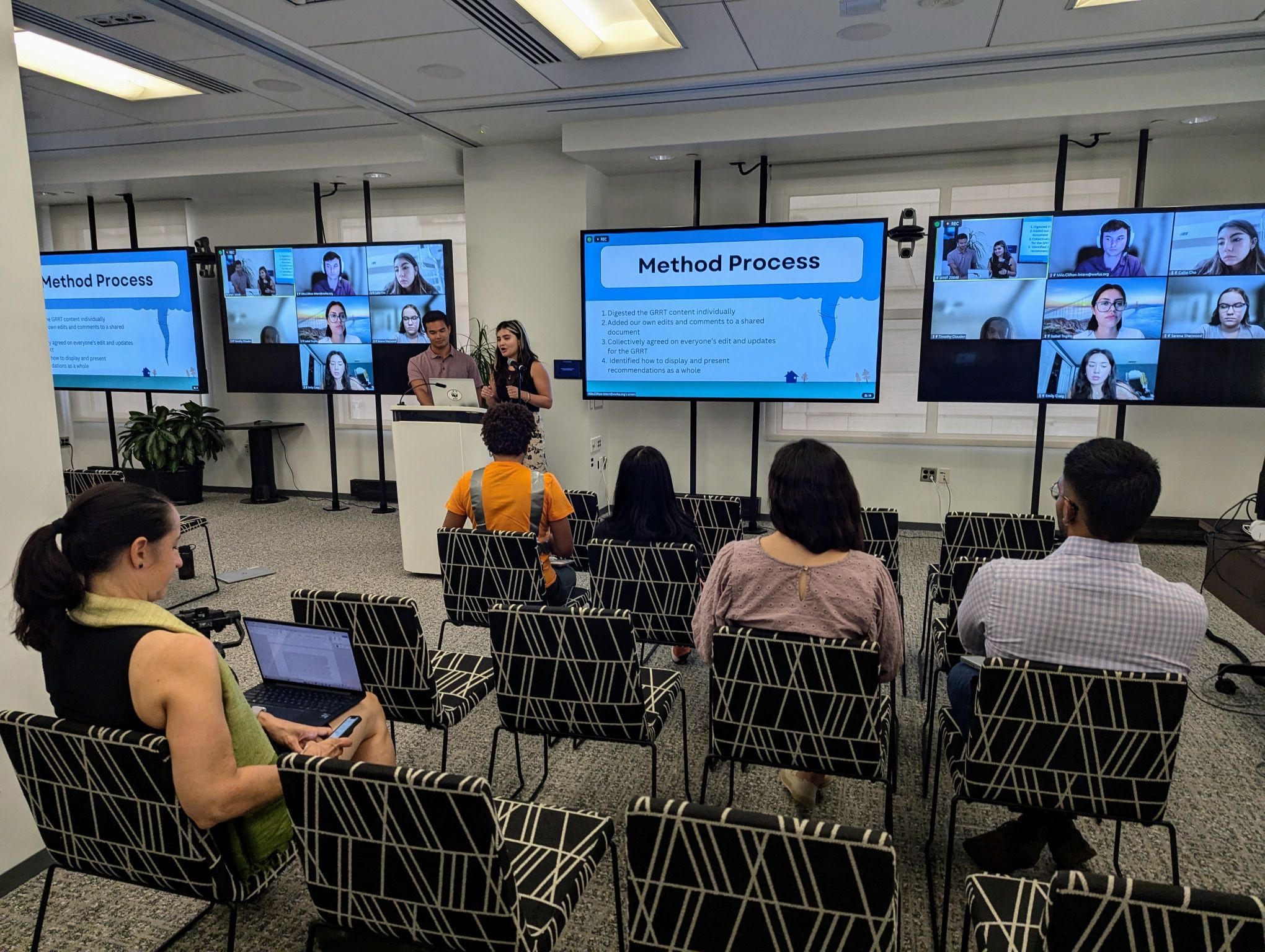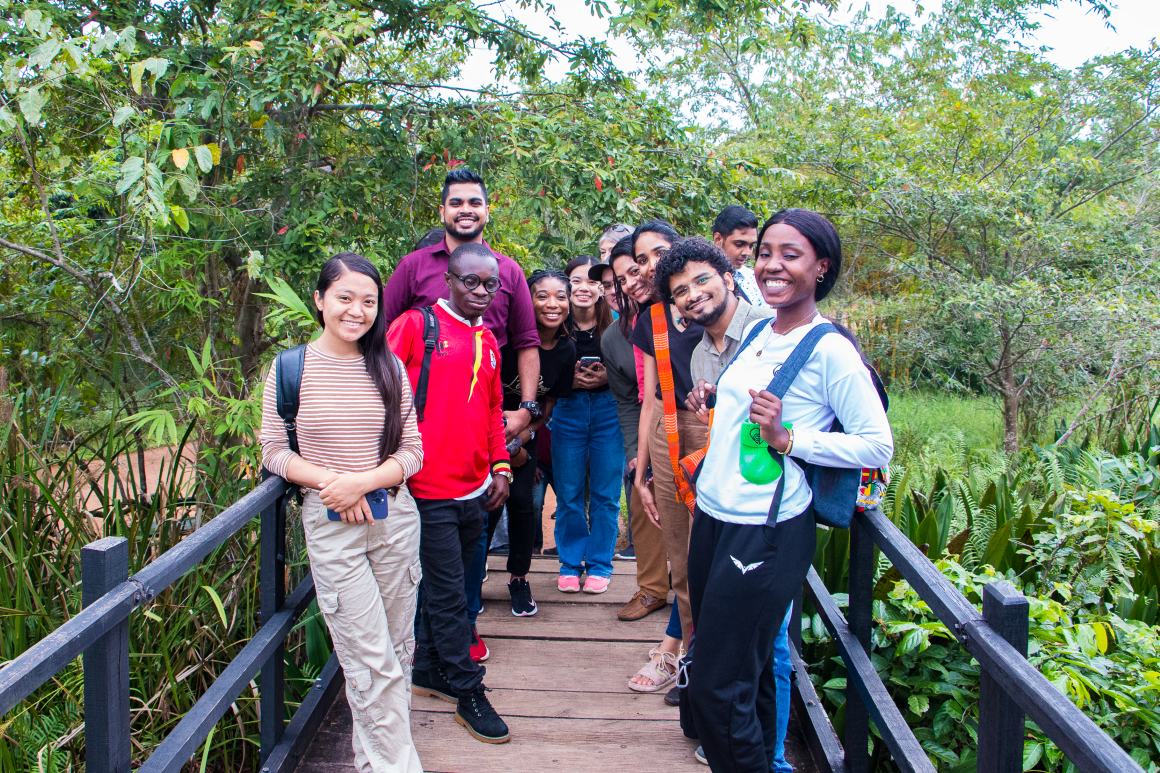Published on:
24 August 2023
Share this:
Thanks to Toky Sylvestre and his NGO Aquatic Service, a groundbreaking early warning system in Madagascar has dramatically reduced fishing deaths from severe wind events. WWF, with support from USAID Bureau of Humanitarian Affairs and the Bezos Earth Fund, is helping expand the program to other fishing communities across the island, and helping them adapt to a changing climate.
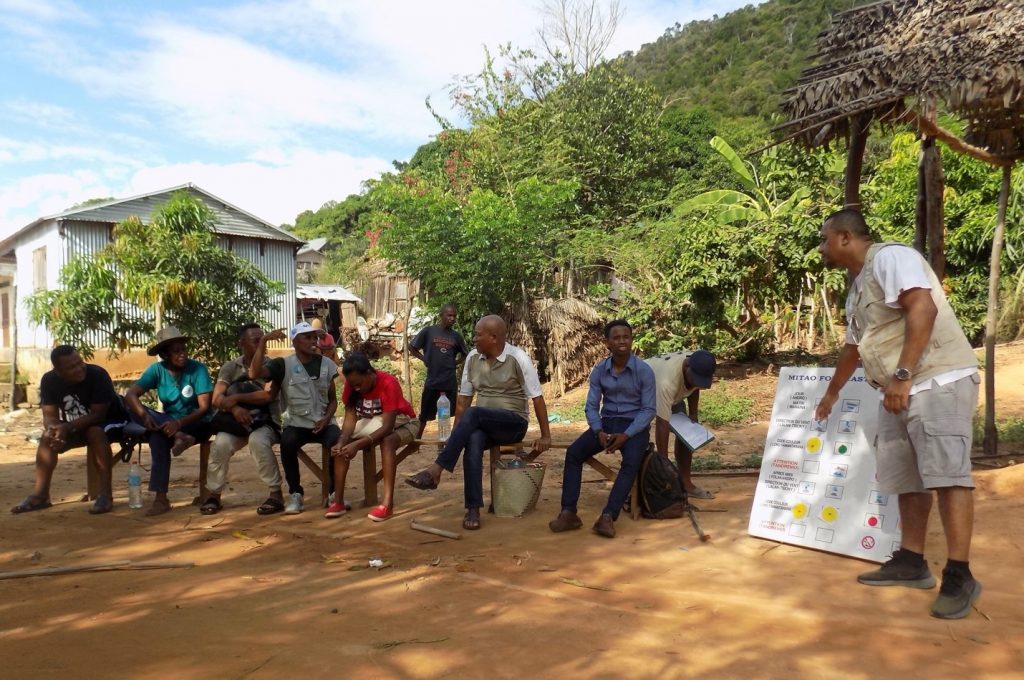
Credit: Valerio Dizano, Aquatic Service
From Tragedy to Triumph in Madagascar
How one man’s NGO reduced fishing deaths by 98%, and is working with WWF to protect mangroves and fishing communities
By Lee Poston
Toky Sylvestre never imagined he would save lives, but when he suffered the tragic loss of two family members in a fishing boat accident off the southern coast of Madagascar, he decided to channel his grief into action.
Sylvestre’s uncle, and his uncle’s son-in-law lost their lives in 2009 when their fishing boat capsized in severe winds. Their bodies were never found, and Sylvestre was devastated. Sadly, it was an experience he shared with many fishing families in coastal villages of this unique and beautiful island off the eastern coast of southern Africa.
After seeing the impact on his family and the wider impact of these accidents on the community, Sylvestre decided to take bold action, beginning a 15-year passion project that has since attracted global attention. Leaning on his work as an oceanographer for an NGO supporting fishing communities in southern Madagascar, he began asking questions. What if there was a way to deliver accurate warnings of severe wind events days in advance in an easily understandable format so fisherfolk will know when bad weather is on the horizon?
“I knew this site (where the accident happened) and I already had the knowledge of the weather, forecast information, but I couldn’t convey the information to the community who needed it before this accident,” he notes. “I was saying to myself, what are the means for these fisher people in the community to have access to this information?”
So in 2009 Sylvestre developed an early warning system blending world class weather forecasting models with SMS technology and simple iconography for the vast majority of fisherfolk who are not able to read. Launched in 2014 by the NGO Aquatic Service, which Sylvestre created, the Mitao Early Warning System has been more miraculous than he imagined. Between 2014 – 2022, 57 villages in 3 coastal regions in Madagascar use the Mitao Forecast, which is named after the Malagasy word for “vigilance.” It helped reduce the number of fishing fatalities by 98 percent, while improving community livelihoods in those villages.
Climate change hits home
Severe wind events are an example of how climate change is amplifying disaster risk for already vulnerable communities in Madagascar and around the world. These events, especially extreme ones such as cyclones, can erase a community’s ability to create a better future.
Over the last 20 years, Madagascar has suffered from 30 cyclones, 17 floods and flash flood events, as well as prolonged drought events. The latest drought has been ongoing since 2018 and is the worst in the last 40 years.[1]
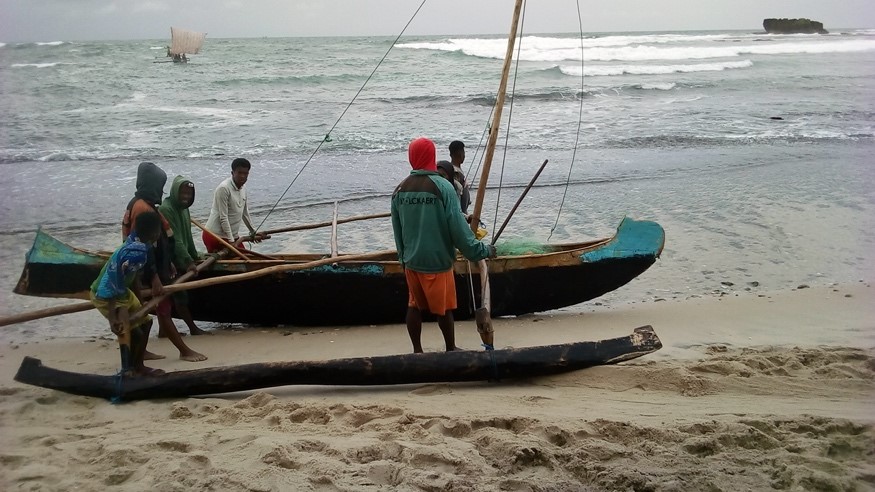
Most small-scale fishing communities use traditional wooden canoes known as laka (or lakana) that are carved out of a single tree trunk. They are highly effective in calm seas or under light waves, but when hit by strong winds and waves, they often capsize.
With support from the USAID Bureau of Humanitarian Affairs and the Bezos Earth Fund, the Mangroves for Community and Climate project is helping fishing communities adapt to a changing climate and reduce disaster risk. Fifty-five community organizations are receiving support to strengthen mangrove conservation actions, raise awareness about the importance of mangrove conservation, and promote sound mangrove stewardship. Mangroves are a critical element in protecting coastal communities from climate-induced severe weather and sea level rise, protecting fish habitat and improving livelihoods of coastal villages.
WWF is now working with Aquatic Service to scale up the Mitao Forecast system in mangrove project areas in the north and west of Madagascar. They recently installed the system in 13 communities in 2 regions, along with community consultations, training of focal points, educational materials and financial support for households coping with reduced fishing days.
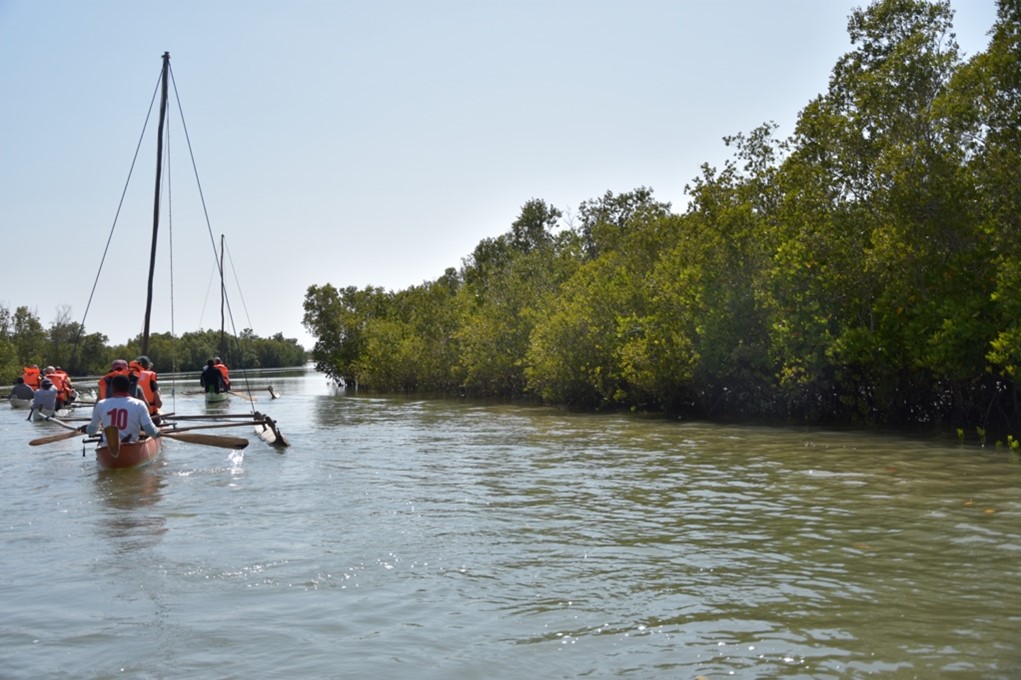
“The Mitao Forecast will improve the local community’s access to weather information that will enable them to better plan their daily activities, including going out for fishing and mangroves patrolling and restoration,” says Lilia Rasolofomanana, WWF-Madagascar Mangroves Programme Coordinator. “The information from the Mitao forecast is a vital tool for understanding the impact of climate change on the livelihoods of the local communities and the mangroves, and to develop adaptive measures and educational modules to improve their resilience.”
Winds of change
Severe wind events are defined as sudden and unpredictable changes in the force and direction of wind, resulting in powerful waves. In addition to causing loss of life and injuries, severe wind events limit how often fisherfolk can go out to sea, resulting in declining fish production and decreasing incomes. Due to the unpredictable nature of these events, women in the community struggle to manage the fish delivered to suppliers, and their children may not be able to go to school due to reduced funding.
Severe wind events, and other powerful weather phenomena fueled by climate change such as cyclones, are responsible for 99 percent of accidents at sea among small-scale fisherfolk, Sylvestre says.
And it’s getting more and more turbulent each year.
“I can say with confidence that definitely the weather is getting worse over time,” says Samantha Farquhar, lead author of a paper in Frontiers in Marine Science on the impacts of long-term changes in weather on small-scale fishers’ available fishing hours in Nosy Barren, Madagascar.[2] “We’re starting to see changes in weather patterns because of climate change. Everything is being amplified and intensified.”
Farquhar’s research concluded that in response to these long term weather pattern changes, small-scale fishers have experienced a significant decrease in available fishing hours between 1979 and 2020.
“Small scale fisheries are so vulnerable to changes in weather, and especially really severe weather like severe wind events and typhoons; they’re really struggling with this,” Farquhar adds. “I’m so happy to hear that from a maritime safety perspective and a livelihood perspective people are looking into it and providing more resources to help the folks in Madagascar.”
It takes a village
So how does MITAO Forecast work? Aquatic Services staff collect weather data from commercial and public sources, analyze it and then predict the wind speed and direction, wave strength and other vital weather information for the next four days. They share the results via SMS with trained community focal points, who translate the findings into a dedicated community signboard with color coding and predefined images. Red dots mean the wind and wave height are too high for safe fishing, signifying more than 29 km/h winds and over two-meter wave height. Orange dots are marginal and also not safe, while yellow and green are OK.
“It is saving our life,” says Mr. Mbola François, President of the Fisherfolk Union in southeast Madagascar’s Ambinanibe Bay. The 70-year-old has fished these waters for 45 years, usually leaving at 3 am and coming back more than 12 hours later. He also lost a brother-in-law at sea two years ago before the MITAO Forecast arrived and says on average there were 3-5 fatalities a year in those days.
“If Mr. Toky did not do this, I would say there wouldn’t be any more fisher people in our village, but now we have more confidence because we have Mr. Toky who provided us with this tool.”
Sylvestre says that since its introduction in 2014, more than 40,000 fisherfolk have directly benefited from the system and there are 50 -75,000 indirect beneficiaries in the communities that support them.

The benefits are not just for those on the water though – they are seen by the women in the community who manage the fishing business. Now they can predict when they will have fish and when the boats will stay on the beach due to bad weather. They can also use those bad weather days to attend to other tasks, such as going to the market, fixing nets, or catching up on accounting for the business.
Mrs. Onjognaze Violente is a fisheries middlewoman and association president in Libanona Beach, a picturesque bay in southeastern Madagascar dotted with palm trees and coconut sellers next to emerald azure water. She has experienced numerous benefits from the model. Not only do the fisherfolk know the best days and locations to collect fish products, but she is much better equipped to do financial planning and management of fisherfolk’s households and seasonal planning of orders and stocks.
“Without this device, we would be in difficulty because we don’t know how much product to keep and how much not to sell in a given time,” she says. “Thanks to the existence of this material, this weather forecast, we know how to plan our business.”
Looking toward the horizon
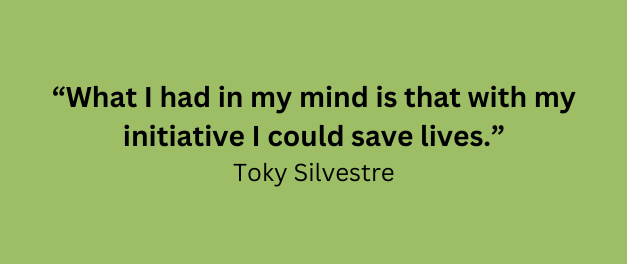
Sylvestre’s goal, with the support of WWF and other partners, is for the Mitao forecast to directly benefit one million Malagasy people by the end of 2023 and cover the entire 4,828 km[3] coastline of the country. He also wants to ensure its sustainability and growth through training, support and additional equipment. The model has generated technical and financial support from major international partners such as UNDP, USAID, the World Bank, the European Union, the Government of Madagascar and multiple Malagasy organizations.
Two exciting developments look promising for the near future. One is the use of artificial intelligence to provide automated, timely, easy to disseminate weather information. The other is the expansion of the MITAO Forecast model to other parts of the world suffering from similar severe wind events, such as Guatemala, Namibia and India.
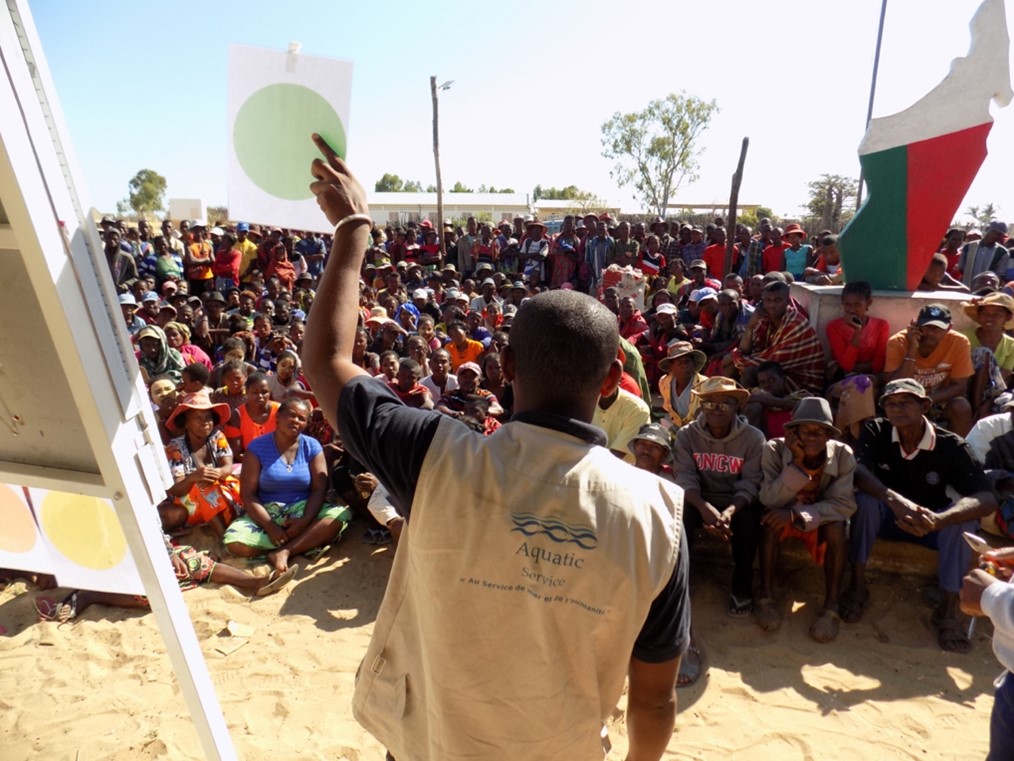
Anita van Breda, Senior Director, Environment and Disaster Management at WWF-US, says that the growing compounding risk many communities face from natural hazards, climate change and environmental degradation require a systems approach to risk reduction.
“We are all in this together. How coastal ecological and social systems such as mangrove forests, fish populations and local communities respond to climate change impacts need to be understood and addressed,” she says. “Both nature and people are adapting and so we need to understand and support the resilience of both.
While he still grieves for his lost family members, Sylvestre is happy that he is able to honor them with this project, and is still amazed by its success. “To be honest, I didn’t think about having a huge impact,” he says. “What I had in my mind is that with my initiative I could save lives. You could see a huge void when a father lost a life at sea and there were many orphans. I was thinking it would be good to do something small for kids to be with their families.”
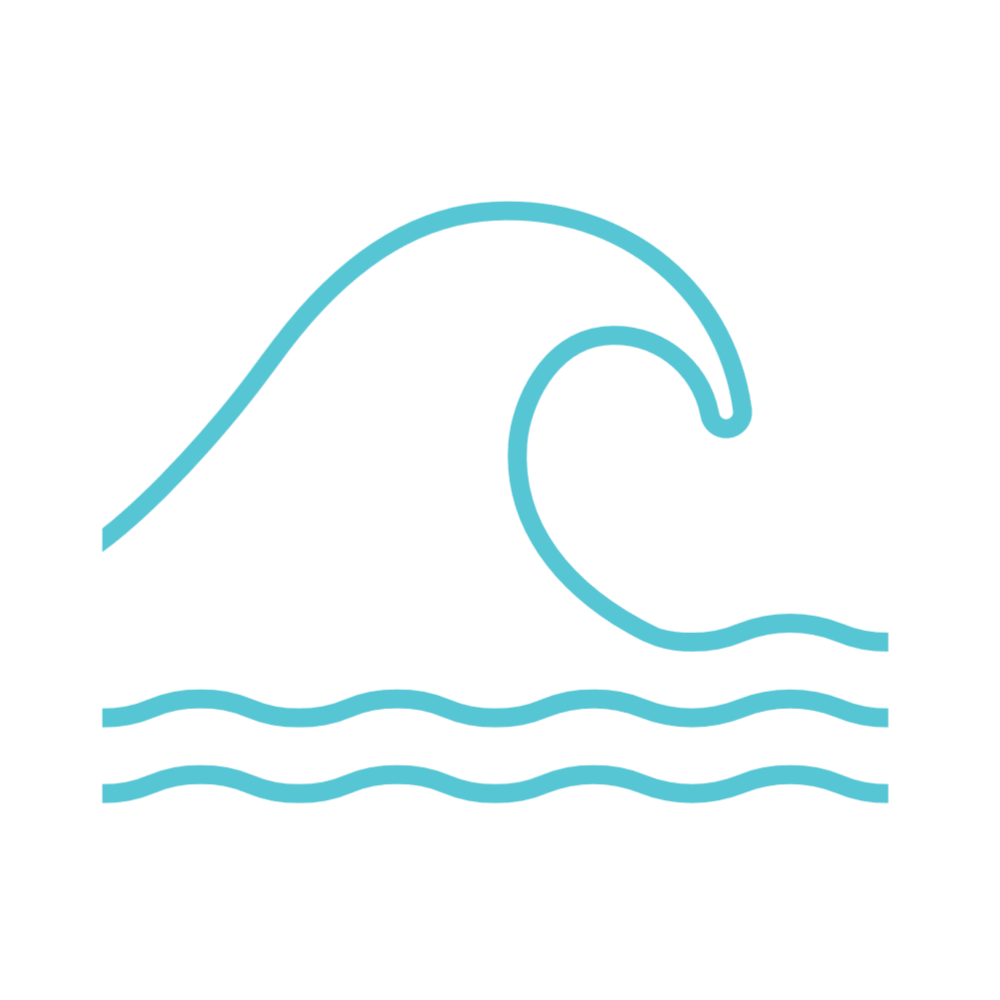
[1] Relief Web, 2022. Database available at https://reliefweb.int/disasters
[2] The impacts of long-term changes in weather on small-scale fishers’ available fishing hours in Nosy Barren, Madagascar. https://www.frontiersin.org/articles/10.3389/fmars.2022.841048/full
[3] https://www.worlddata.info/africa/madagascar/index.php
